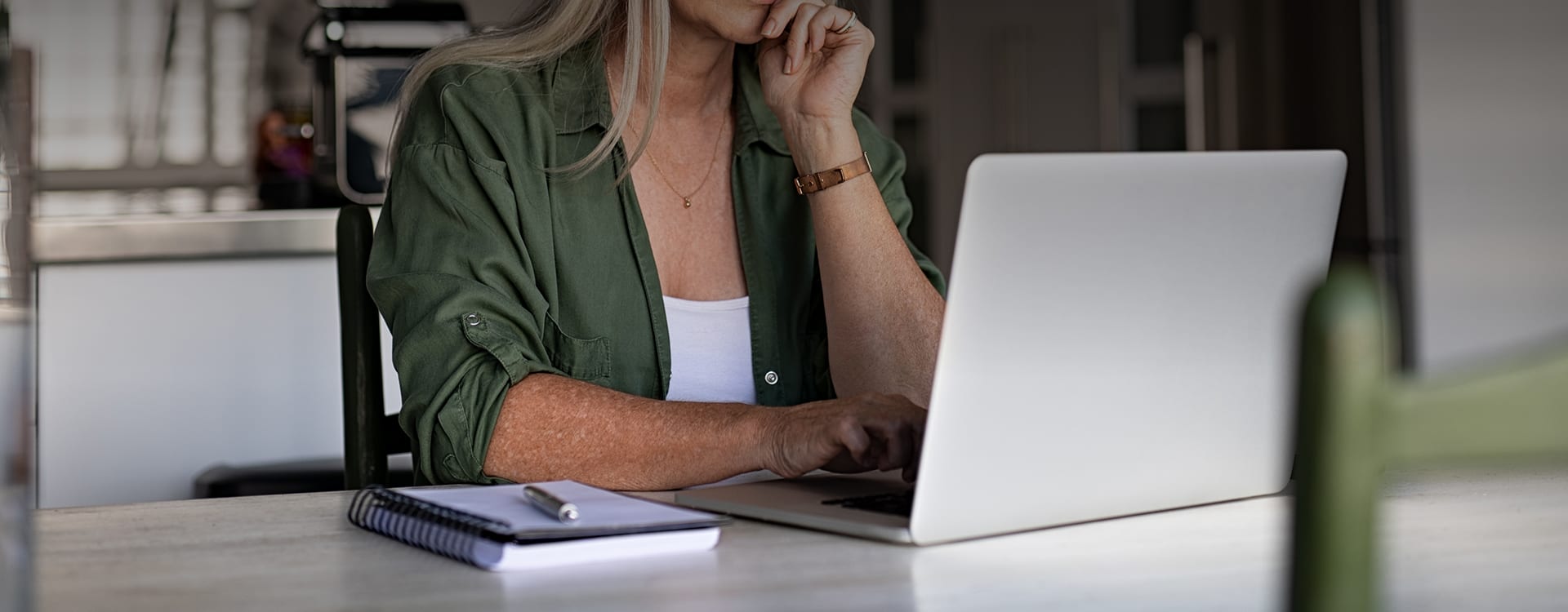 Falls are the primary cause of accidents in people over the age of 65 and also the main cause of serious injuries and accidental deaths in older people. Two-thirds of those who fall will fall again within 6 months. Even older people who appear strong and healthy can fall. If an older person falls and is injured, their ability to live independently can be temporarily or permanently affected.
Falls are the primary cause of accidents in people over the age of 65 and also the main cause of serious injuries and accidental deaths in older people. Two-thirds of those who fall will fall again within 6 months. Even older people who appear strong and healthy can fall. If an older person falls and is injured, their ability to live independently can be temporarily or permanently affected.
- Remove clutter that you can trip over (like books, papers, clothes, shoes).
- Remove small throw rugs or use double-sided tape to keep the rugs from slipping.
- Arrange furniture so that it’s easy to walk around it.
- Keep electrical and telephone cords out of the way.
- Store items you use often in cabinets you can reach easily without using a step stool.
- Keep the path from bed to bathroom clear and install a nightlight.
- Install grab bars next to your toilet and in the tub or shower. Don’t use the soap or towel holdeer for a grab bar or handrail.
- Use non-slip mats in the bathtub and on shower floors.
Here are some safety tips for stairs, which are a particularly high-risk area for falls:
- Check carpeting to make sure it is firmly attached along stairs.
- Avoid placing throw rugs or scatter rugs at the top of bottom of stairways.
- Install handrails on both sides of the stairways.
- Be sure stairways have high-wattage lighting. Install on/off switches at both the
top and bottom of stairs. - Watch out for single steps; they are easy to overlook.
- Outside, repair cracks and rough edges in sidewalks and driveways.
In addition to fall-proofing their homes, seniors can also take a few steps to fall-proof themselves:
- Pay attention to where you are walking and don’t hurry.
- Avoid standing up too quickly from a seated position.
- Have an annual eye exam.
- Don’t carry large loads the obscure your line of sight.
- Wear “sensible shoes” – both inside and outside the house.
- Be aware of medications you are taking that might affect balance or cause
dizziness. - Limit intake of alcohol as it may interact with medications.
- Exercise regularly to preserve bone density and muscle strength.
- Use a cane or walker if needed.
Want to learn more about preventing falls in the home? Check these resources:
Preventing Falls at Home
AARP Preventing Falls Checklist
NIH Senior Health: Falls and Older Adults
![]() //
//
